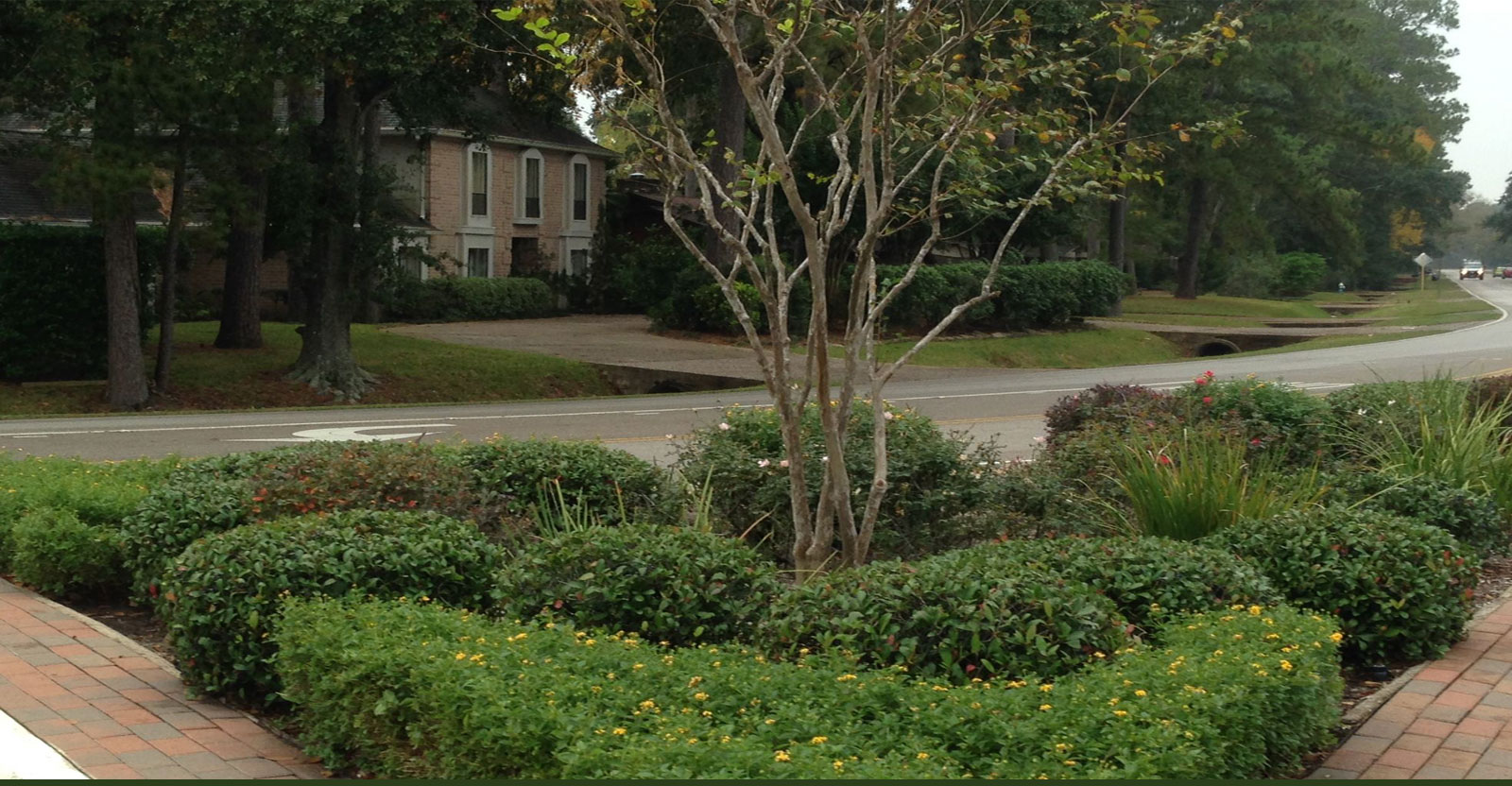With scorching temperatures this summer, coupled with drought conditions, water consumption for the City significantly increased that lead to Stage 1 voluntary restrictions. While it did not extend beyond this stage, the current billing cycle (August 15 – October 15) reflects higher than normal usage for many residential properties in the City of Bunker Hill Village. After investigating, the common factor in the majority of unusually high-water bills have been caused by potential leaks (i.e. irrigation, toilet, etc.) and/or change in water usage habits. Now is a good time to check your property and ensure your irrigation system is ready for the cooler weather.
Water leaks, irrigation systems, dripping faucets, and/ or constantly running toilets affect your water consumption and charges. Not all leaks can be seen or heard, as some may be in an outside pipe between the water meter and your residence. Property owners are responsible for repairing leaks in pipes and fixtures on their property and for all water charges resulting from leaks. The City does not issue credit for leaks on the residential side.
To ensure the most effective water consumption for your water bill, residents are encouraged to take proactive measures to monitor for potential leaks.
Things to check if you get a bill that is higher than usual:
Irrigation System
- Irrigation systems are a common source of water use. Generally, water consumption is higher during summer months and drought conditions. Watering times generally double during the summer months compared to the winter. As we transition to cooler weather, ensure that the irrigation timer is programmed properly, i.e. sprinklers are not watering too frequently and/or too long. Reprogramming may be necessary.
- Check for broken or damaged sprinkler heads
- Adjust sprinkler heads to avoid watering impervious surfaces.
- Install rain sensors that will automatically shut off the irrigation system during rainfall or when the soil is adequately moist.
- Consider a drip irrigation system or low-flow sprinklers.
- Self-check: Conduct routine property inspections. Wet or muddy areas that cannot be explained by normal watering or rainfall are signs of a leak.
For a step-by-step guide to check for irrigation system leaks, visit https://www.smarthomewaterguide.org/
Toilets & Faucets
A continuously running toilet or other fixture can lead to a considerable increase in your water bill, despite maintaining the same water consumption habits. The average leaking toilet can waste as much as 200 gallons of water per day.
- Listen for continuous running or hissing sounds from the toilet after flushing, which may include:
- Toilet tank refilling constantly or between flushes
- Water flows into the bowl even when you have not flushed it
- Check for a worn out flapper valve. Ensure the valve is tight and does not let water leak from the tank into the bowl and down the drain.
- Look for dripping sink and bathtub faucets and shower heads.
- Self-check: Perform a dye test by placing several drops of food coloring in the toilet tank. If any color appears in the bowl, you have a leak.
Learn more about how to fix a running toilet at www.savingwater.org/indoors/toilets/toilet/
Routine maintenance of irrigation systems, toilets & faucets enable you to identify and address issues early on, preventing a costly water bill and reducing water consumption.
For questions or concerns about your bill, please contact Utility Billing at 713-467-9762 or submit a General Inquiry at www.bunkerhilltx.gov/about/contact-us.


